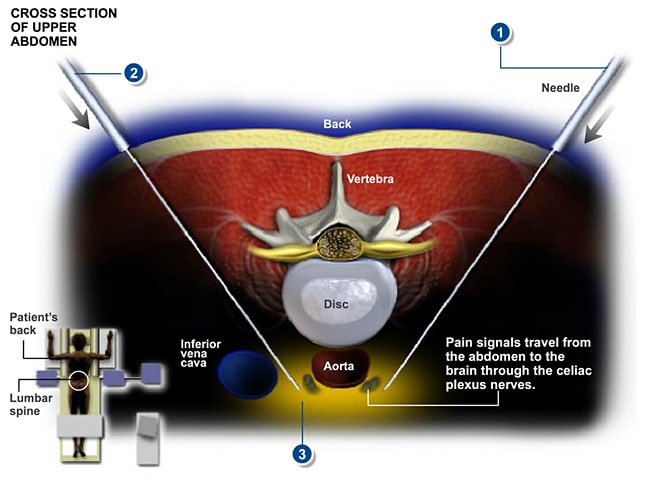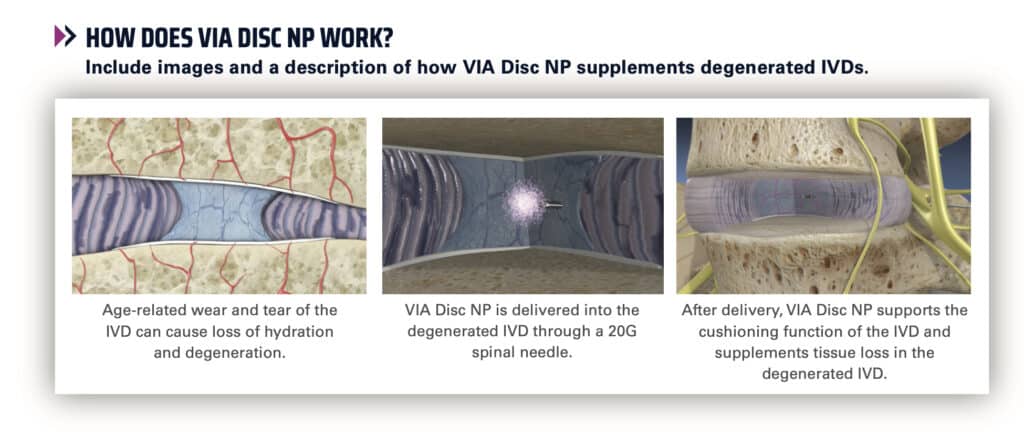Celiac Plexus Block
If you suffer from abdominal pain or pain from upper abdominal cancers such as pancreatic cancer, one possible treatment is a celiac plexus block. This pain management procedure can block the pain signals from your abdomen before they reach your brain.
The celiac plexus is a bundle of nerves that runs in front of your diaphragm but behind your stomach. This nerve bundle sits near your heart, the celiac artery and the abdominal aorta.
The celiac plexus serves your liver, kidneys, intestines, gallbladder, stomach, adrenal glands, pancreas, spleen and their associated blood vessels, so it’s fairly important. Blocking the nerves can relieve pain caused by one of these organs.
OVERVIEW
Your Pain Management physician at the Southeastern Spine Institute (SSI) can perform a celiac plexus block to diagnose and reduce abdominal pain caused by conditions such as cancer or pancreatitis. An injection blocks the nerves serving the abdomen to reduce your pain. The procedure is described below. Discuss the risks with your surgeon and ask what to expect during your recovery.
1. INSERTING THE NEEDLE
Your back doctor first numbs your back with a local anesthetic. Then he or she slides one or two needles through your body to reach the celiac plexus nerves, as shown in illustration 1. The physician uses X-rays or CT scans to guide the position of the needles correctly.
2. INJECTING THE DYE
Before injecting the medication, your physician may inject a dye solution to confirm that the needles are correctly positioned. The dye makes your anatomy easier to discern on the X-ray machine. See illustration 2.
3. INJECTING THE ANESTHETIC
As highlighted by illustration 3, the doctor then injects the anesthetic medicine around the nerves to block pain signals from reaching your brain. The initial injection may be to test the accuracy of the needle location and effectiveness of the treatment. If you feel pain relief, your doctor will administer a permanent block injection.
4. RECOVERING FROM THE PROCEDURE
During the procedure, you may be given an intravenous (IV) line to help you relax. Often, only the local anesthetic is required.
After removing the needles, the doctor covers the tiny surface wounds with small bandages. You should feel immediate pain relief after this procedure.
MORE INFORMATION
Contact us to learn more about the Celiac Plexus Block procedure.
For more information about nerve blocks and epidurals, refer to SSI’s Block Suite.
Conservative care & rehabilitation (non-surgical procedures)


